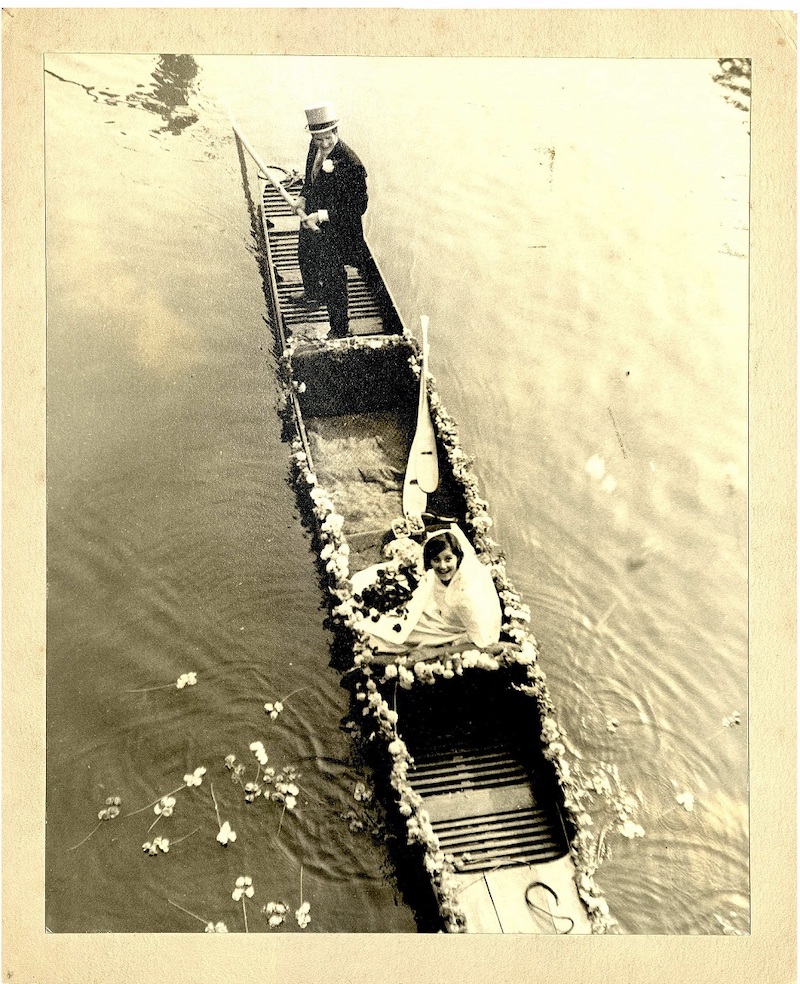Presidents, Aunties, and Hexagonal Rooms


WSJ:
“After me, there won’t be any others,” says Roland Reisley, absorbing what it means to be the last original occupant in a Frank Lloyd Wright house. Reisley is sitting in his hexagonal living room on a rocky hill near Pleasantville, N.Y. The most famous architect of the 20th century designed the house for Reisley and his wife, Ronny, making many adjustments to his original plan to meet their needs (for a broom closet, for bookshelves, for more kids’ bedrooms). It was completed in 1952, during a postwar boom in which Wright designed 120 houses in — amazingly — 31 states.
(Many people have already shared this, but I wanted to put the image of the hexagonal living room at the head of my post, so there.)
Recently on my blog: Two posts on the Supreme Court, a patriotic effusion, and a nostalgic remembrance of old-timey internet forums.
My insanely long essay on Thomas Pynchon has escaped from its paywall.
There’s something comically sad about a guy using his keys to carve his name into a wall of the Colosseum in Rome because he didn’t know it was old.
Marry Harrington writes in praise of meddling aunties.
Discovering the Zapotec underworld.
Samuel Rosenman was an aide to President Franklin Roosevelt who accompanied the President when, in 1944, he visited wounded soldiers and sailors at a hospital in Hawaii -- and there was something unique about this visit. For many years the press had collaborated with FDR in hiding from the American people the extent to which he had been disabled by polio. He always stood in public -- always with heavy leg braces, usually with someone at his side to keep him vertical -- and he was almost never photographed in the wheelchair in which he spent the whole of every day. (I believe only two photographs of FDR in his wheelchair have survived; here is one of them.) Many Americans didn’t even know that he had had polio or was disabled in any way. But when he came to this hospital, he conducted his visit from his wheelchair. Rosenman is not an elegant writer, but let’s let him tell the story:
He insisted on going past each individual bed. He had known for twenty-three years what it was like to be deprived of the use of both legs. He wanted to display himself and his useless limbs to those boys who would have to face the same bitterness. This crippled man on the little wheelchair wanted to show them that it was possible to rise above such physical handicaps. With a cheery smile to each of them, and pleasant words at the bedside of a score or more, this man ... was living proof of what the humans spirit could do to conquer the incapacities of the human body.... Here, in the presence of great tragedy, he was doing it on a grand, heroic scale. The expressions on the faces on the pillows , as he slowly passed by and smiled, showed how effective was this self-display of crippled helplessness.

A festive bridal punt on the Thames or Cherwell, Oxford, 1960s, by Helen Muspratt